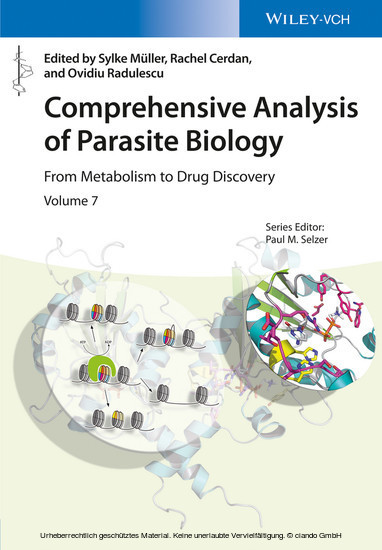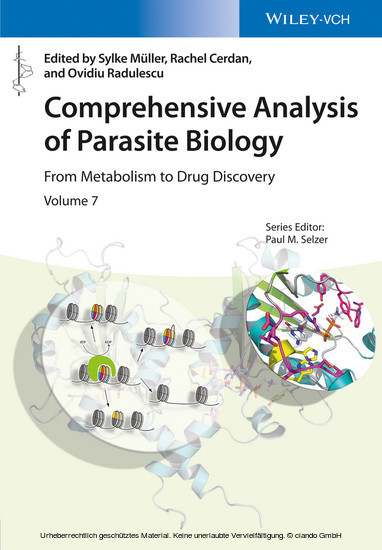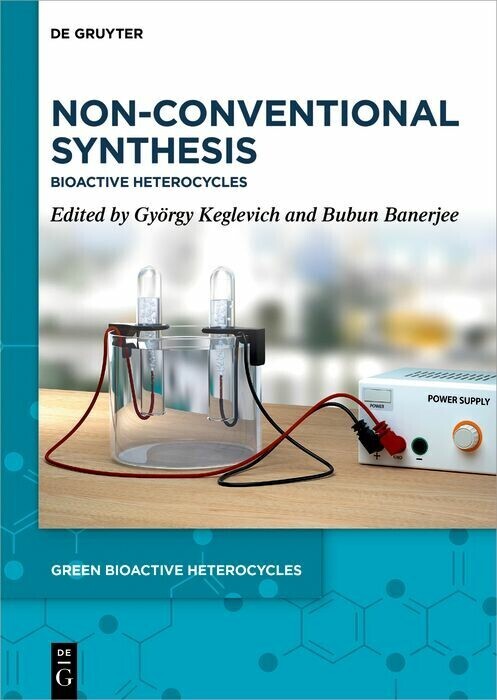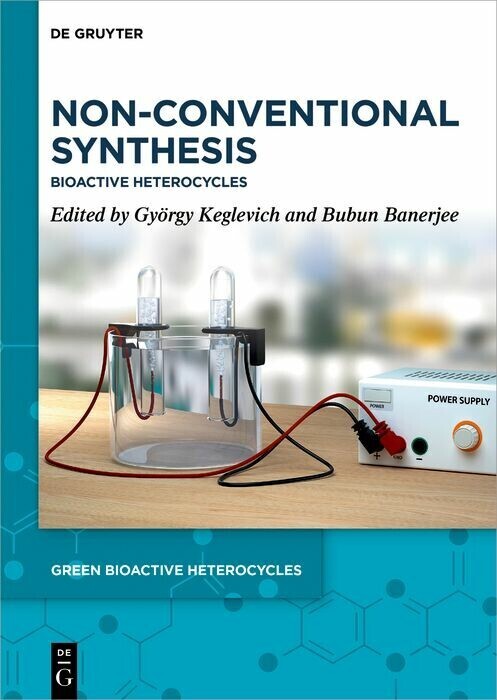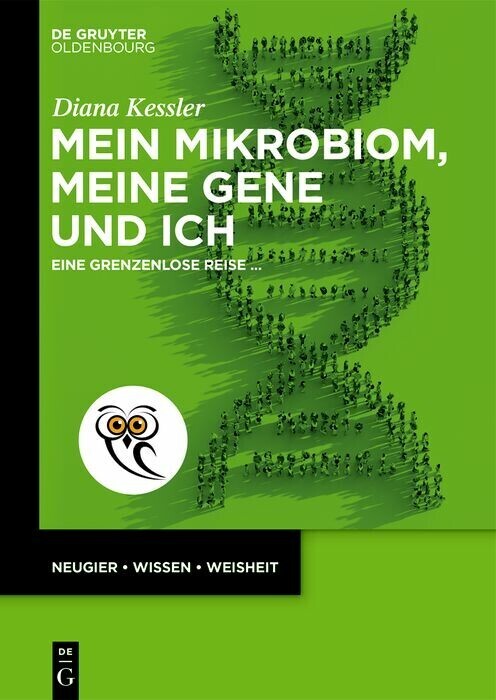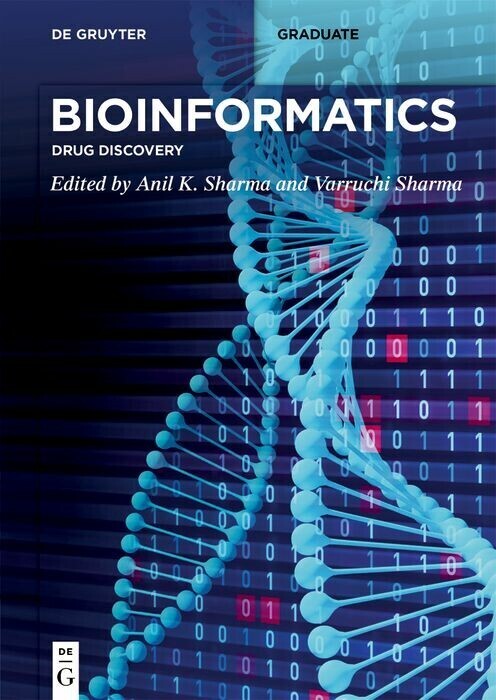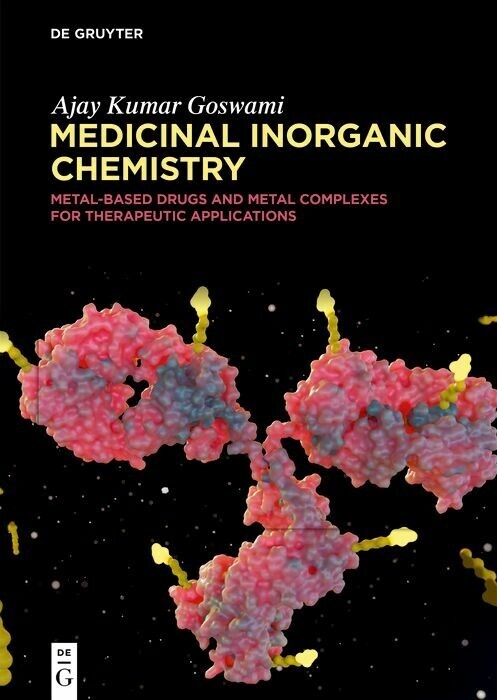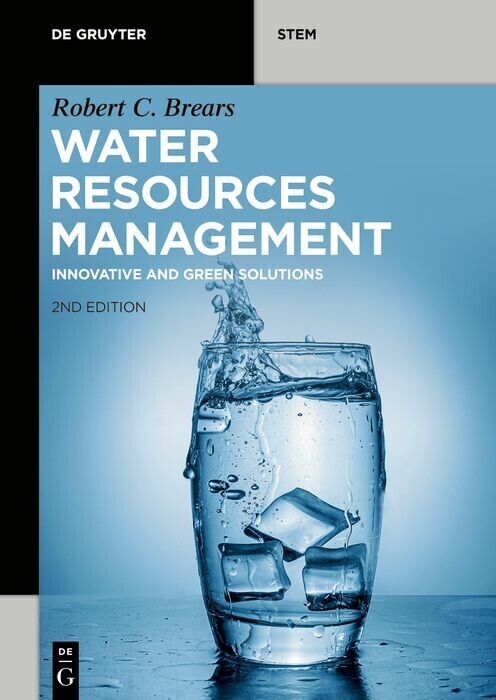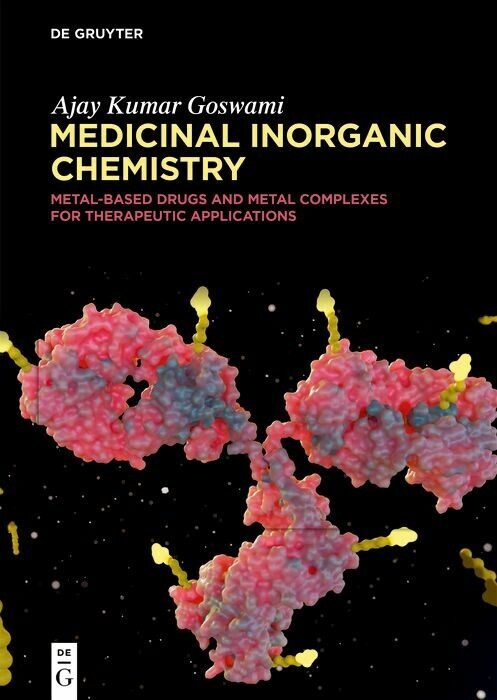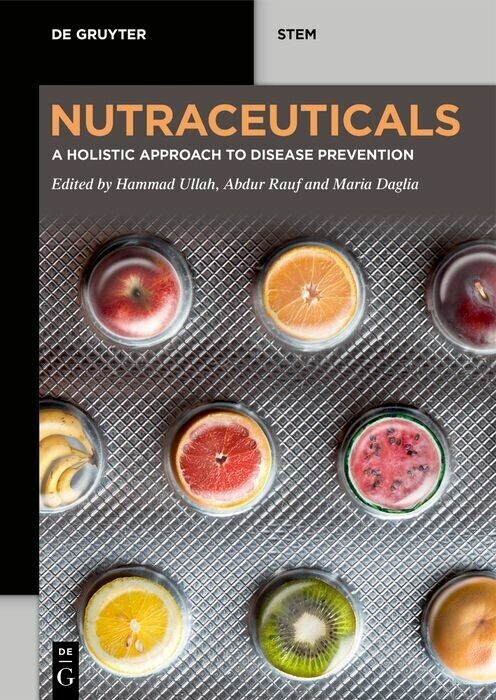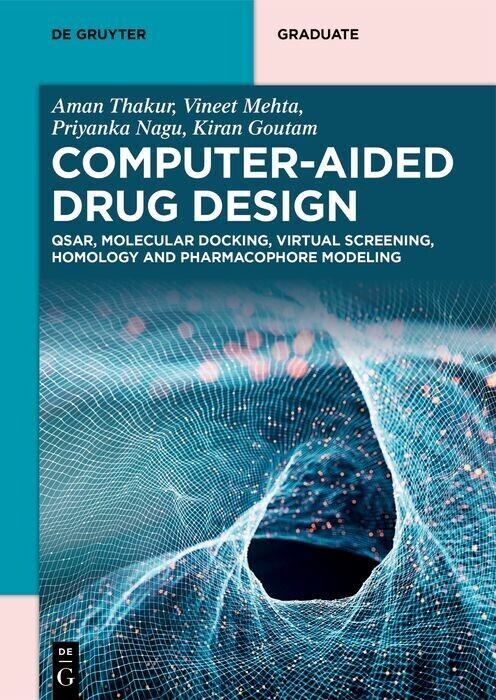Comprehensive Analysis of Parasite Biology
From Metabolism to Drug Discovery
Written and edited by experts in the field, this book brings together the current state of the art in phenotypic and rational, target-based approaches to drug discovery against pathogenic protozoa. The chapters focus particularly on virtual compounds and high throughput screening, natural products, computer-assisted drug design, structure-based drug design, mechanism of action identification, and pathway modelling. Furthermore, state-of the art 'omics' technologies are described and currently studied enzymatic drug targets are discussed. Mathematical, systems biology-based approaches are introduced as new methodologies for dissecting complex aspects of pathogen survival mechanisms and for target identification. In addition, recently developed anti-parasitic agents targeting particular pathways, which serve as lead compounds for further drug development, are presented.
Volume Editors:
Prof. Sylke Muller received her PhD in 1991 from the University of Hamburg. In 1992 she worked at the London School of Hygiene and Tropical Medicine, before returning to the Bernhard Nocht Institute for Tropical Medicine in Hamburg in 1994. In 1999 she was awarded the Habilitation and the venia legendi. From 2001 to 2012 she was funded by a Wellcome Trust Senior Fellowship at Dundee University (until 2004) and the University of Glasgow (2004 to 2012). In 2006 she was awarded a Personal Chair in Molecular and Biochemical Parasitology at the University of Glasgow.
Prof. Rachel Cerdan received her PhD from the University of Paris XI in 1997. She spent three years at the Laboratory of Molecular Biology (Medical Research Council) in Cambridge, UK as a Marie Curie post-doctoral fellow. She then moved to the Centre of Structural Biochemistry in Montpellier, France. In 2003, she joined the laboratory of Dynamics of Membrane Interactions in Normal and Pathological Cells in Montpellier. Currently, she is professor in biochemistry and structural biology at the University of Montpellier, France. Her current projects focus on the biochemical and structural characterization of pharmacological targets to develop new classes of antimalarials.
Prof. Ovidiu Radulescu studied physics and mathematics in Bucharest and Paris and obtained his PhD in 1994 from the University of Paris XI, France. Immediately after his PhD, he worked in theoretical condensed matter physics, first in the Institute of Theoretical Physics in Nijmegen, the Netherlands, and then in the Physics Department of the University of Leeds, UK. In 1999 he joined as a lecturer the Department of Mathematics of the University of Rennes 1, France. At that time, he was also associate member of the French Institute for Research in Computer Science and Automation, INRIA.
Since 2009, he is Professor in Systems Biology and team leader at the University of Montpellier, France. His team is part of the laboratory DIMNP UMR5235, whose main focuses are in parasitology and immunology.
Series Editor:
Prof. Paul M. Selzer studied biology, parasitology, and biochemistry at the University of Tubingen,
Germany, where he also received his PhD in biochemistry. He spent three years at the Molecular Design Institute and the Parasitology and Tropical Disease Research Laboratory at the University of California, San Francisco. During his career he has worked as a researcher and scientific manager for several pharmaceutical companies, and is currently Head of Antiparasitics R&D at Boehringer Ingelheim Animal Health, Germany. He is also a visiting professor at the Interfaculty Institute of Biochemistry of the University of Tubingen, and an honorary professor of the Department of Infection, Immunity, and Inflammation at the University of Glasgow, UK.
Volume Editors:
Prof. Sylke Muller received her PhD in 1991 from the University of Hamburg. In 1992 she worked at the London School of Hygiene and Tropical Medicine, before returning to the Bernhard Nocht Institute for Tropical Medicine in Hamburg in 1994. In 1999 she was awarded the Habilitation and the venia legendi. From 2001 to 2012 she was funded by a Wellcome Trust Senior Fellowship at Dundee University (until 2004) and the University of Glasgow (2004 to 2012). In 2006 she was awarded a Personal Chair in Molecular and Biochemical Parasitology at the University of Glasgow.
Prof. Rachel Cerdan received her PhD from the University of Paris XI in 1997. She spent three years at the Laboratory of Molecular Biology (Medical Research Council) in Cambridge, UK as a Marie Curie post-doctoral fellow. She then moved to the Centre of Structural Biochemistry in Montpellier, France. In 2003, she joined the laboratory of Dynamics of Membrane Interactions in Normal and Pathological Cells in Montpellier. Currently, she is professor in biochemistry and structural biology at the University of Montpellier, France. Her current projects focus on the biochemical and structural characterization of pharmacological targets to develop new classes of antimalarials.
Prof. Ovidiu Radulescu studied physics and mathematics in Bucharest and Paris and obtained his PhD in 1994 from the University of Paris XI, France. Immediately after his PhD, he worked in theoretical condensed matter physics, first in the Institute of Theoretical Physics in Nijmegen, the Netherlands, and then in the Physics Department of the University of Leeds, UK. In 1999 he joined as a lecturer the Department of Mathematics of the University of Rennes 1, France. At that time, he was also associate member of the French Institute for Research in Computer Science and Automation, INRIA.
Since 2009, he is Professor in Systems Biology and team leader at the University of Montpellier, France. His team is part of the laboratory DIMNP UMR5235, whose main focuses are in parasitology and immunology.
Series Editor:
Prof. Paul M. Selzer studied biology, parasitology, and biochemistry at the University of Tubingen,
Germany, where he also received his PhD in biochemistry. He spent three years at the Molecular Design Institute and the Parasitology and Tropical Disease Research Laboratory at the University of California, San Francisco. During his career he has worked as a researcher and scientific manager for several pharmaceutical companies, and is currently Head of Antiparasitics R&D at Boehringer Ingelheim Animal Health, Germany. He is also a visiting professor at the Interfaculty Institute of Biochemistry of the University of Tubingen, and an honorary professor of the Department of Infection, Immunity, and Inflammation at the University of Glasgow, UK.
1;Cover;1 2;Title Page;5 3;Copyright;6 4;Contents;7 5;List of Contributors;11 6;Foreword;21 7;Preface;25 8;Part 1 Identification and Validation of New Drugs and Targets;27 8.1;Chapter 1 Discovery of the Mechanism of Action of Novel Compounds That Target Unicellular Eukaryotic Parasites;29 8.1.1;Introduction;29 8.1.2;Principles;30 8.1.3;Initial Investigations;33 8.1.4;Biochemical Methods and Candidate Genes;34 8.1.5;Classical Genetics and Genomics;36 8.1.6;Changes in mRNA Levels;41 8.1.7;Reverse Genetic Screens;42 8.1.8;Proteins and Proteomes;44 8.1.9;Metabolomics;49 8.1.10;Validation;51 8.1.11;Conclusions;52 8.1.12;References;53 8.2;Chapter 2 Antiparasitics from Algae;67 8.2.1;Introduction;67 8.2.2;Plasmodium falciparum;68 8.2.3;Kinetoplastida - Trypanosoma brucei sp., Trypanosoma cruzi, and Leishmania sp.;86 8.2.4;Anaerobic Protozoan Parasites - Entamoeba histolytica, Giardia lamblia, and Trichomonas vaginalis;92 8.2.5;Helminths;93 8.2.6;Microalgae;95 8.2.7;Conclusion;95 8.2.8;References;96 8.3;Chapter 3 Contribution of Natural Products to Drug Discovery in Tropical Diseases;101 8.3.1;Introduction;101 8.3.2;Antiparasitic Natural Product Compound Classes;103 8.3.3;Discussion;122 8.3.4;Conclusion and Future Perspectives;124 8.3.5;References;124 8.4;Chapter 4 Isoxazolines: A Novel Chemotype Highly Effective on Ectoparasites;131 8.4.1;Arthropod Ectoparasites: Burden to the Agricultural and Veterinary Sectors;131 8.4.2;Ligand-Gated Chloride Channels as Suitable Targets for Ectoparasiticides;132 8.4.3;Mode of Action;133 8.4.4;Isoxazolines: Novel Ectoparasiticides Acting on GABACls and GluCls;134 8.4.5;Structure and Active Sites of Chloride Channels;134 8.4.6;Isoxazoline Mode of Action and Binding Site;138 8.4.7;Selectivity and Safety Profile;140 8.4.8;Isoxazoline Derivatives: Continuous Exploration of the Novel Chemotype;141 8.4.9;Conclusions;142 8.4.10;References;143 8.5;Chapter 5 Trypanosomal Cysteine Peptidases: Target Validation and Drug Design Strategies;147 8.5.1;Cysteine Peptidases from Trypanosoma cruzi;147 8.5.2;Cysteine Peptidases from Trypanosoma brucei;152 8.5.3;Development of Antitrypanosomal Cysteine Peptidase Inhibitors;154 8.5.4;Peptidic Derivatives;155 8.5.5;Nonpeptidic Derivatives;158 8.5.6;Conclusion;162 8.5.7;References;162 8.6;Chapter 6 Potential of Pyrimidine Metabolism for Antitrypanosomal Drug Discovery;173 8.6.1;Introduction;173 8.6.2;De novo Biosynthesis of Pyrimidines;175 8.6.3;Pyrimidine Salvage;179 8.6.4;UMP Downstream Enzymes;182 8.6.5;Final Remarks;189 8.6.6;References;189 8.7;Chapter 7 Phosphatidylcholine and Phosphatidylethanolamine Biosynthesis Pathways in Plasmodium;197 8.7.1;Introduction;197 8.7.2;Kinases;201 8.7.3;Cytidylyltransferases;204 8.7.4;Phosphotransferase;208 8.7.5;Transversal Pathways;209 8.7.6;Conclusion;211 8.7.7;References;211 8.8;Chapter 8 Immunophilins as Possible Drug Targets in Apicomplexan Parasites;219 8.8.1;Immunophilins;219 8.8.2;Immunophilins in Apicomplexa;222 8.8.3;Immunophilins as Drug Targets;227 8.8.4;Conclusions;231 8.8.5;References;232 8.9;Chapter 9 Targeting the Atg8 Conjugation Pathway for Novel Anti-Apicomplexan Drug Discovery;239 8.9.1;Autophagy: An Overview;239 8.9.2;Phylum, Apicomplexa;242 8.9.3;Conservation of Autophagy in Apicomplexa;243 8.9.4;Functions of Apicomplexan Autophagy Proteins;244 8.9.5;Targeting the Plasmodial (and Apicomplexan) Atg8-Conjugation Pathway;246 8.9.6;Concluding Remarks;250 8.9.7;References;251 8.10;Chapter 10 Turnover of Glycosomes in Trypanosomes - Perspectives for Drug Discovery;257 8.10.1;Glycosomes of Trypanosomatid Parasites Are Unique, Peroxisome-Related Organelles;257 8.10.2;Glycosomes are Essential Organelles;259 8.10.3;Glycosomal Metabolism Changes during the Life Cycle of the Parasites;260 8.10.4;Biogenesis of Glycosomes;262 8.10.5;Autophagy and Pexophagy of Glycosomes;269 8.10.6;Proteins Involved in Glycosome Biogenesis and Degradation are Potential Drug Targets;271 8.10.7;Discussion and Conclusions;273 8.10.8;References;27
Müller, Sylke
Cerdan, Rachel
Radulescu, Ovidiu
Guca, Ewelina
Selzer, Paul M.
| ISBN | 9783527694099 |
|---|---|
| Artikelnummer | 9783527694099 |
| Medientyp | E-Book - PDF |
| Copyrightjahr | 2016 |
| Verlag | Wiley-Blackwell |
| Umfang | 576 Seiten |
| Sprache | Englisch |
| Kopierschutz | Adobe DRM |

